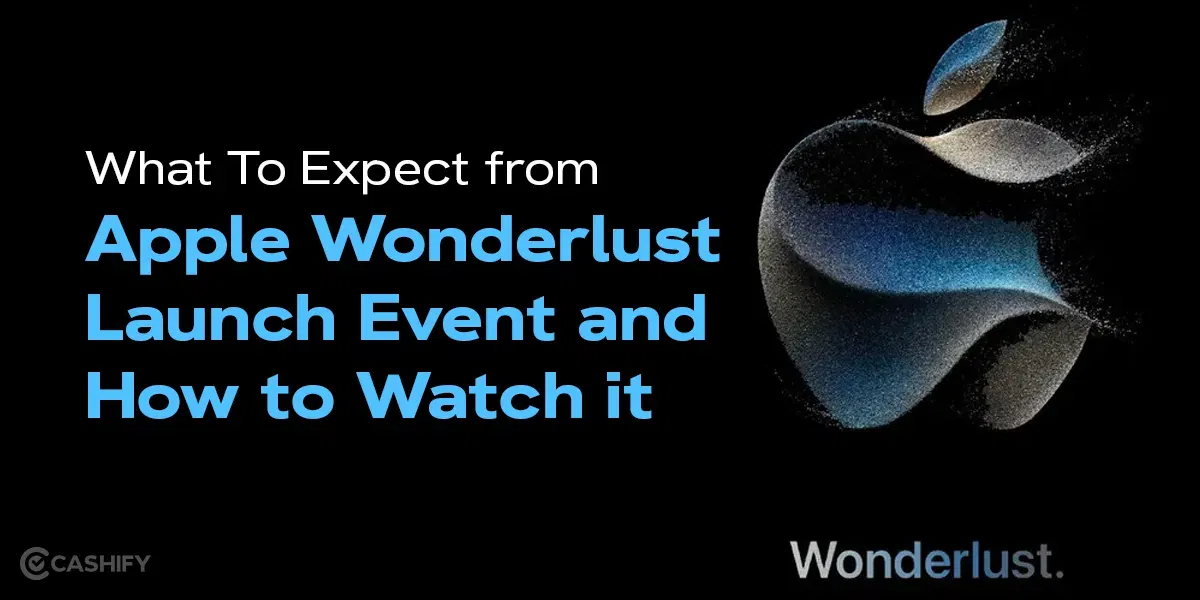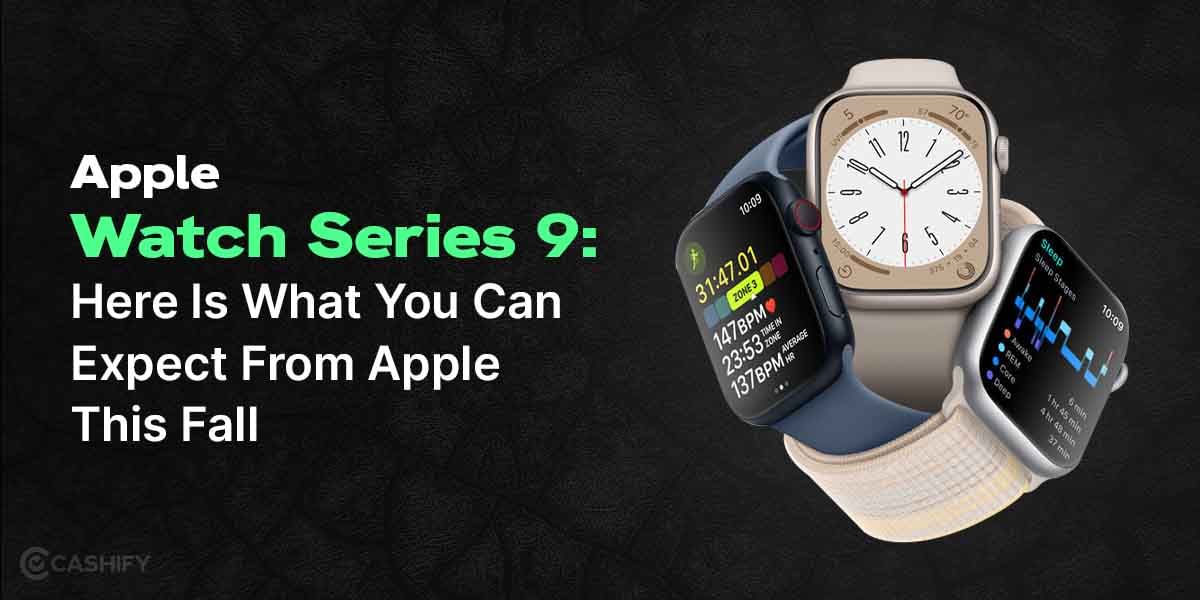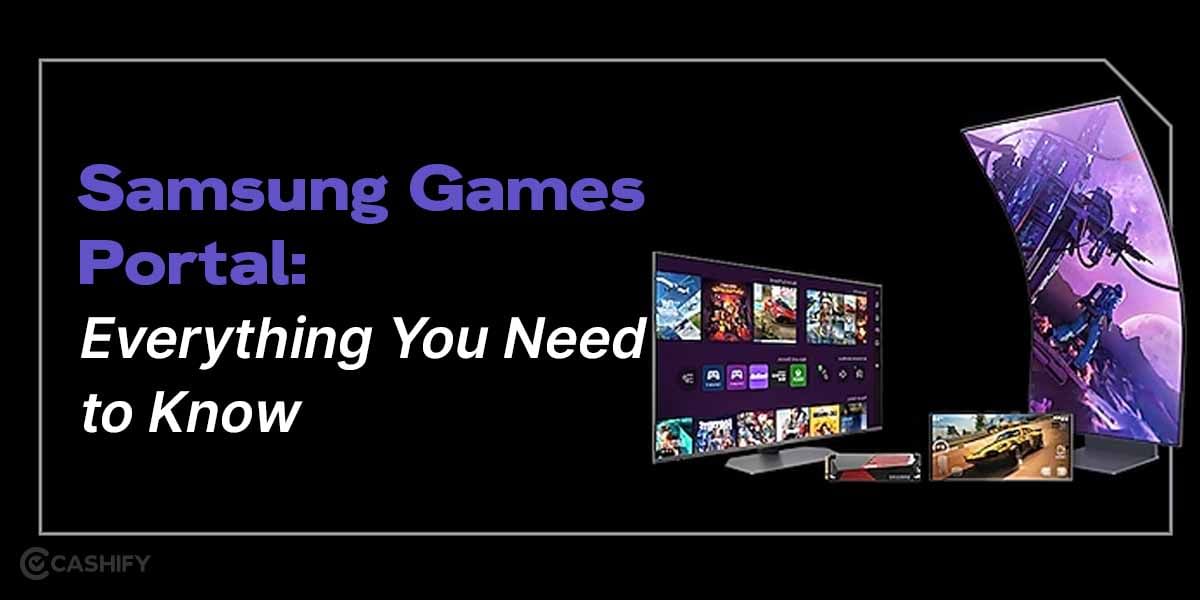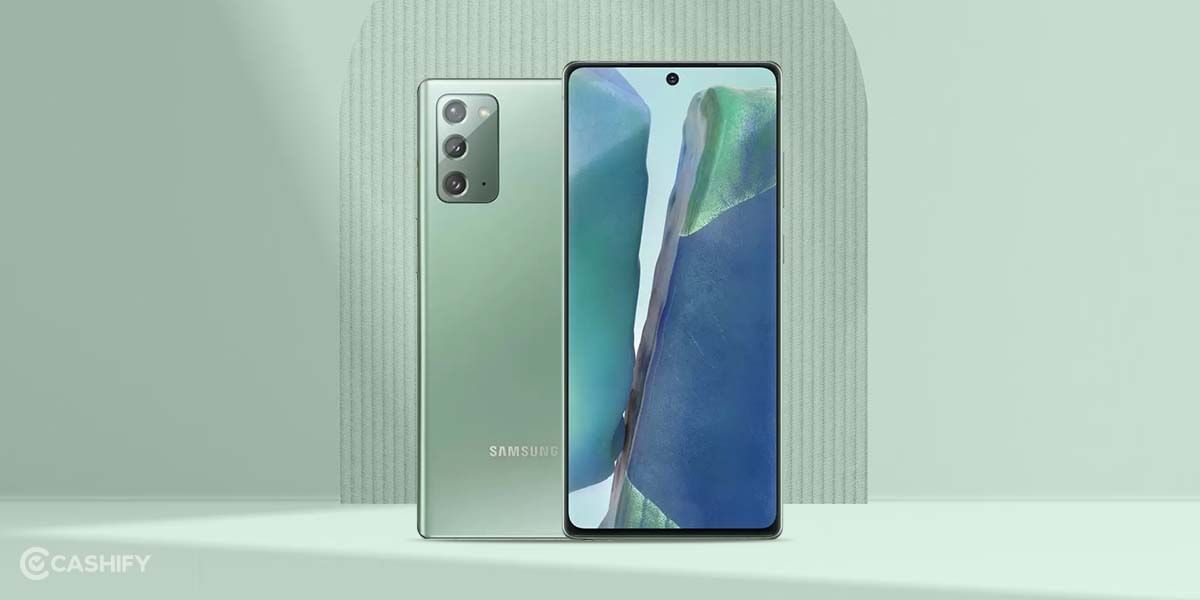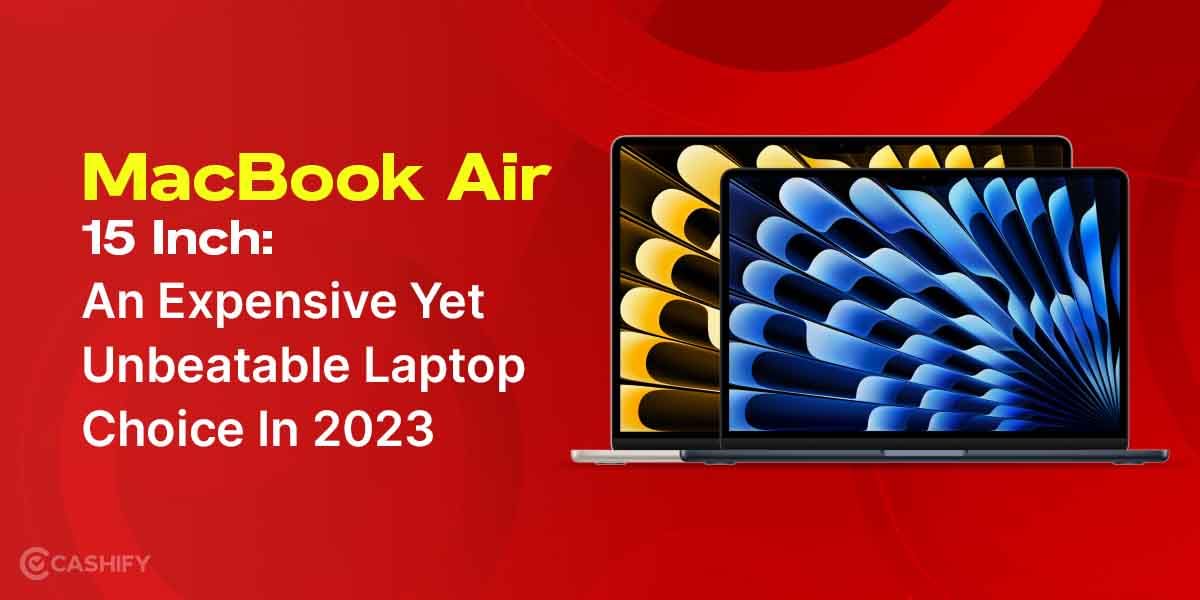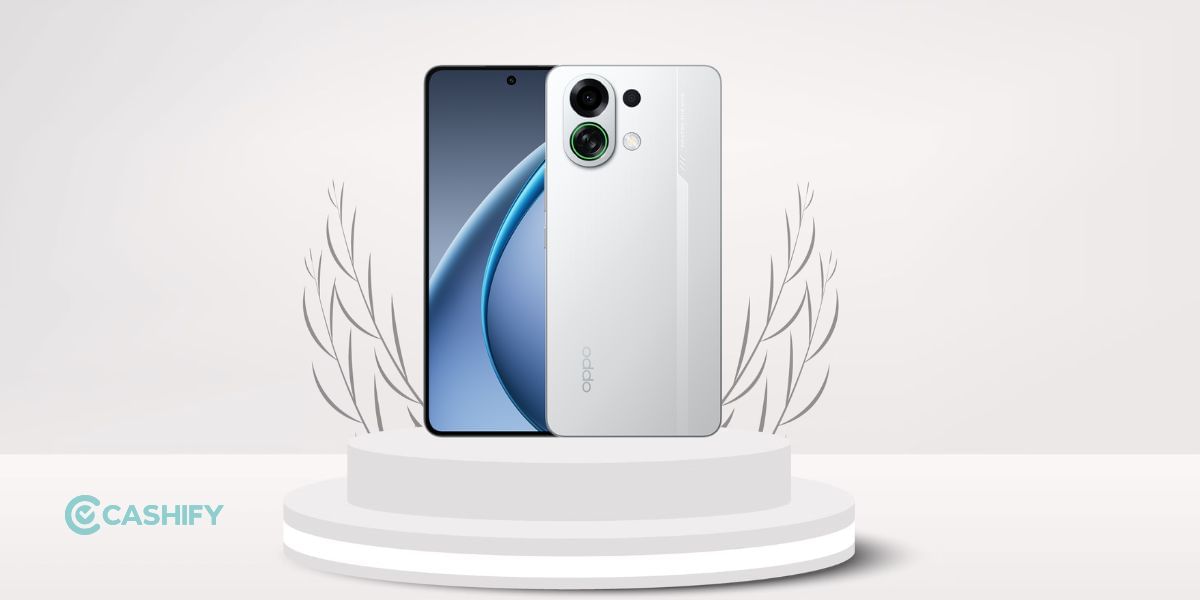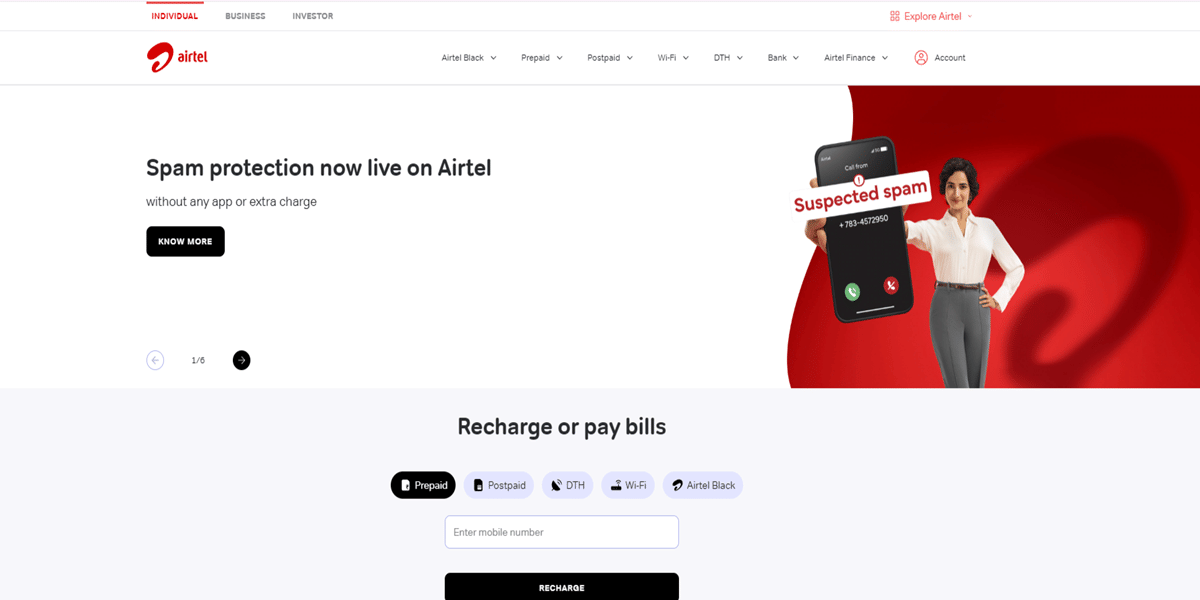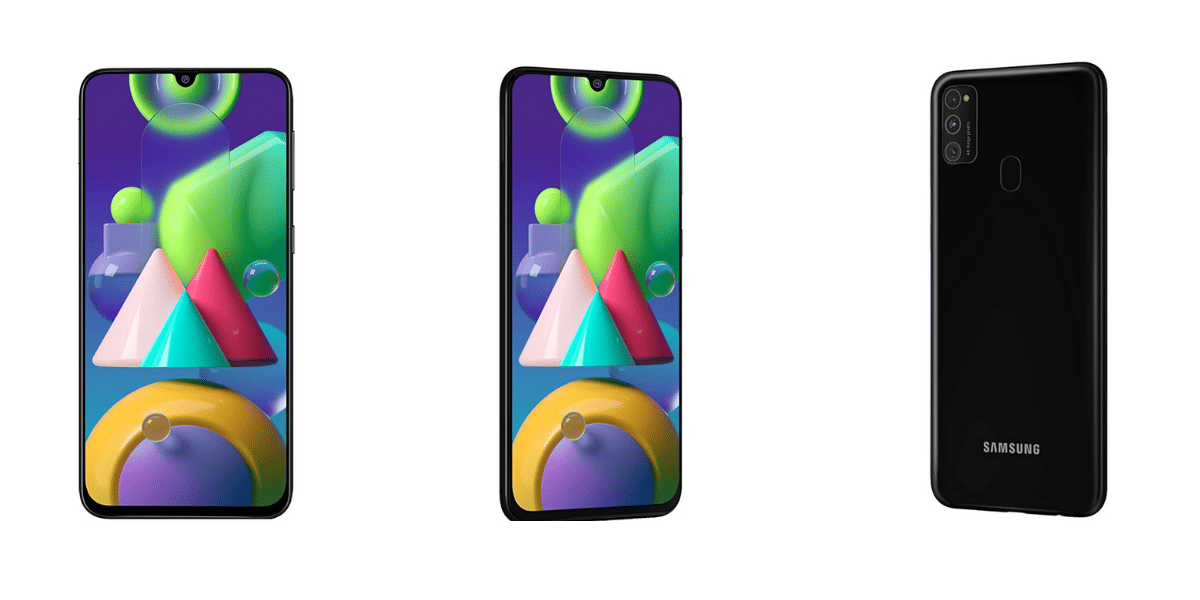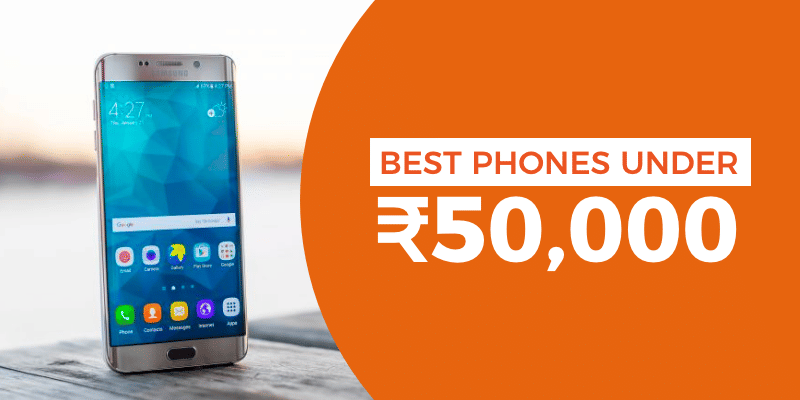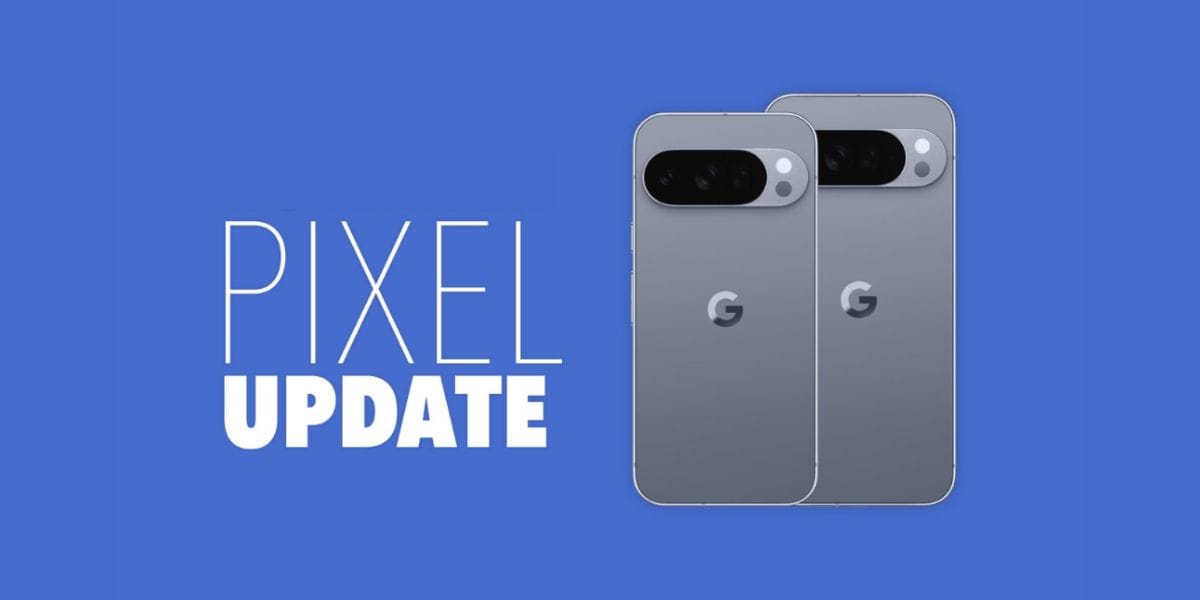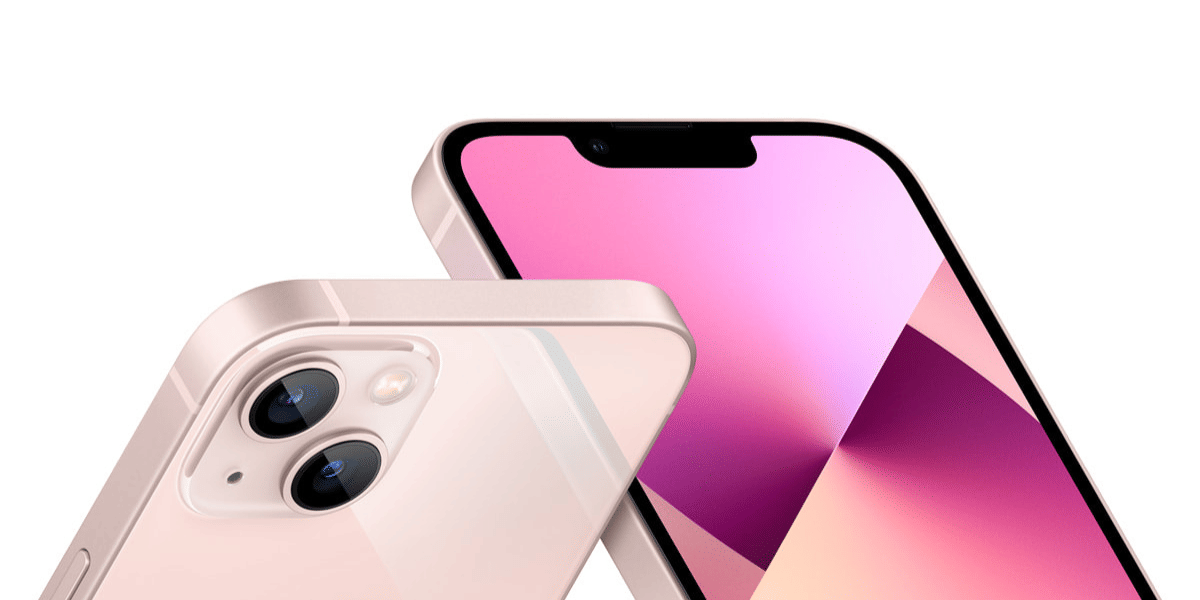The latest iteration, Windows 11 comes with a lot of new design improvements in the overall UI. While most users have highly appreciated the new design, as we know the new Windows update is usually full of bugs and occasional hiccups. And Windows 11 is no different and many users have reported lag issues on Windows 11.
However, most of these issues are gradually being fixed via software updates but there are some fixes that you can try right away. Here’s a guide on how you can speed up Windows 11 on your laptop.
Also Read: WiFi Option Not Showing In Windows 11: How To Fix It?
How To Speed Up Windows 11 and Fix Lag Issues
1. Addressing Startup Issues
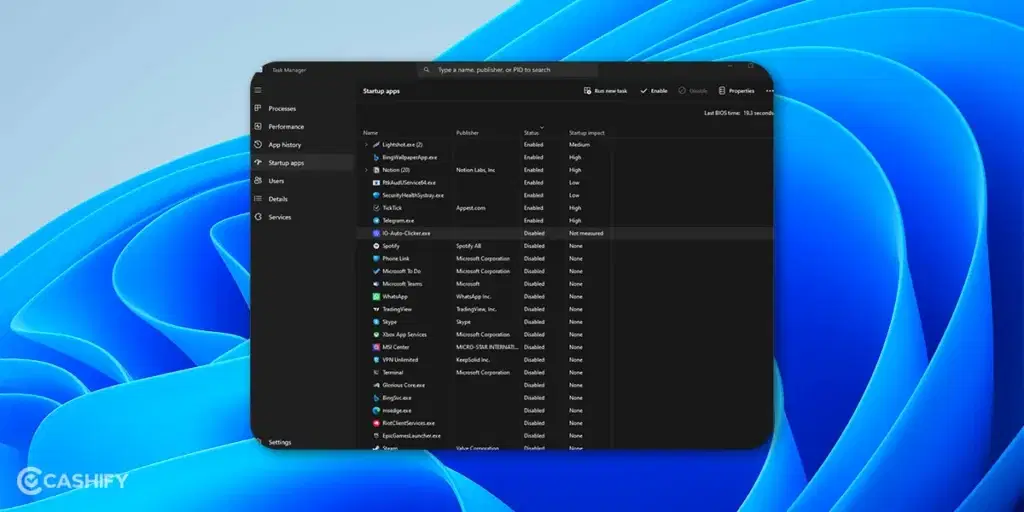
You might not be aware but there are some apps/software that open up automatically as soon as you boot your Windows system. Some of these apps are useful as they are required for the proper functioning of the Windows OS but there are some unnecessary apps as well. The apps that open up at startup consume precious RAM and other resources thus can lead to slowing down of the system
To fix the issue where your Windows 11 system has slowed down drastically all you need to do is find apps that you don’t remember installing. And remove these apps. Or if some of the apps are sometimes used but these open up at startup every time, you can stop these apps from starting up using the below-mentioned guide:
Step 1: Go to the Task Manager by either the keyboard shortcut Ctrl+Shift+Esc, right-clicking on the taskbar’s corner and selecting “Task Manager,” or searching for “task manager” in the Windows search bar.
Step 2: Navigate to the “Startup apps” tab within Task Manager.
Step 3: Analyze the listed programs, considering their “Startup impact” indicator to identify potentially unnecessary startup processes.
Step 4: Right-click and “Disable” programs deemed non-essential for automatic startup. Do note that this doesn’t permanently disable the programs, only stops their automatic launch at boot. You can still manually launch them when needed.
Step 5: In case you need a certain app that needs to start automatically, you can “Enable” any previously disabled programs in this section if you later require them to launch automatically at startup.
This fix can somewhat free up memory and resources that might lead to a slowdown of your system. With a lesser number of apps at startup you have more resources to run everything smoothly.
2. Removing Adware and Bloatware on Your Laptop
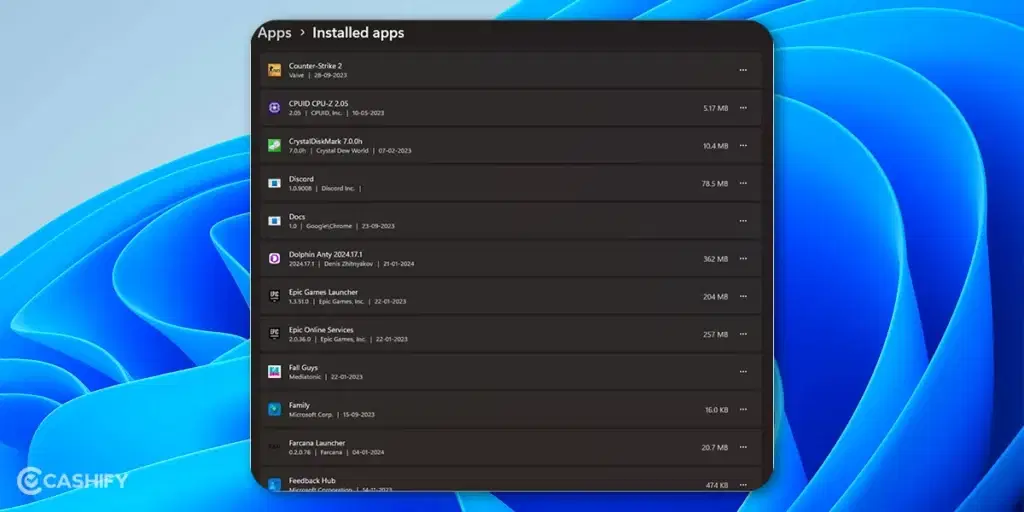
If you have an ample amount of free memory and still your Windows 11 system is lagging then the culprit might not be the operating system itself. But an unwanted app such as adware and bloatware might be silently consuming valuable resources. These adware apps or malware might get into your system along with any apps that you try to install on your system. And can also get into your system by downloading random unsecured files from the internet.
Step 1: Conduct a system scan. You can do so by simply searching for “Windows Security”, now select “Virus & Threat Protection” initiating a “Scan Now”. This initial sweep will catch known malware and adware.
Step 2: In case you want more work done, you can resort to third-party tools like Malwarebytes Anti-Malware. The tool not only detects and removes malware but also targets adware, further optimizing your system.
You can even manually check installed apps under Settings > Apps > Installed Apps or simply search ” Add Remove Programs” in search. Here you can look at all installed apps and tools on your system. Try identifying any app that you don’t remember installing and if you find any suspicious/unrecognized app you need to remove that app by selecting “Uninstall”.
By taking these steps, you can get rid of unwanted software whilst also reclaiming system resources, leading to a noticeably smoother and faster Windows 11 experience.
Also Read: Spatial Sound Windows 11: Get Immersive Audio Experience
3. Clean Out Your SSD or Hard Disk
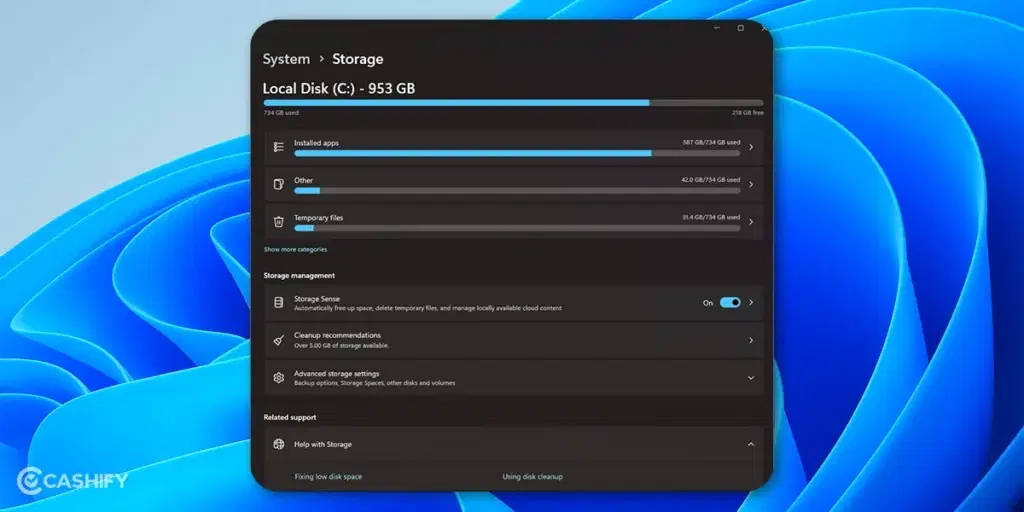
Your Windows 11 system might get slowed down due to a cluttered hard drive full of unused files that can significantly degrade the performance. Using Windows 11’s built-in Storage Sense tool you can get back some free storage by removing these files. Once you enable it the tool works in the background automatically claiming unused cluttered storage space. To use it, follow the given steps.
Step 1: Navigate to Settings > System > Storage.
Step 2: Scroll down and locate the Storage Sense section, Switch the toggle from Off to On.
Step 3: Now, the tool will continuously keep monitoring your system and eliminating unnecessary files:
By clicking the arrow beside the Storage Sense option we can check some more advanced options as well. Some additions include Schedule automated cleanups, which let you set a preferred frequency for Storage Sense. You can also set the Downloads folder to get cleaned up periodically.
Also Read: Windows 11 Tips And Tricks That You Should Not Miss
4. Turn Off Transparency Effects Throughout the OS
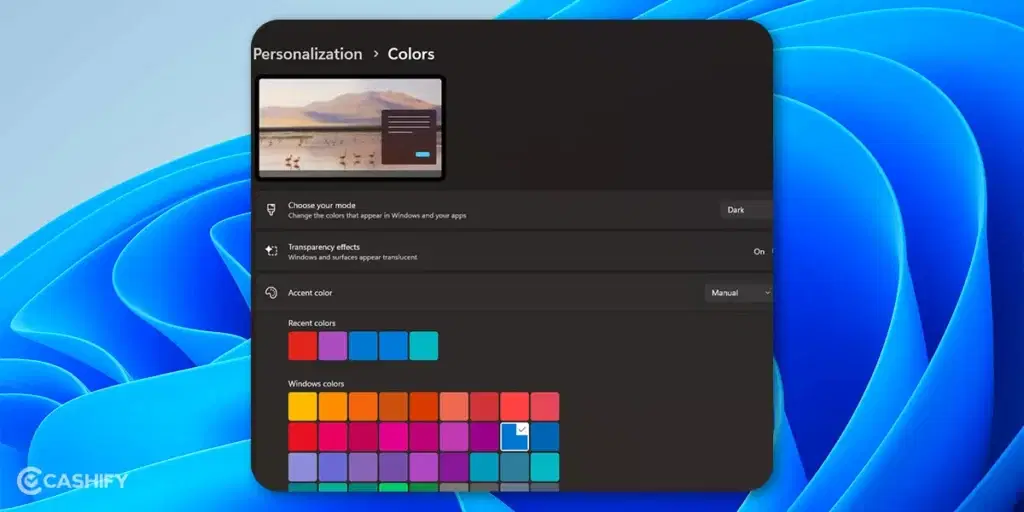
Windows 11 might get slowed down if you have a lot of visual elements displayed in the User Interface. You can get a slight boost in performance if you remove visual elements like shadows and animations from the menu. Even disabling the transparency effects that we see in the taskbar and Windows 11 elements can make a difference. By disabling the transparency effects, we can get a slight boost in performance as the CPU utilization reduces and more resources can be allocated for other tasks.
Follow these steps to disable visual elements:
Step 1: Open Start menu and navigate to Settings > Personalization > Colors
Step 2: Locate the Transparency effects slider and switch it to Off.
By doing this, you can dedicate more CPU resources to more important tasks and get a slight boost in performance.
5. Consider Tinkering with Power Options
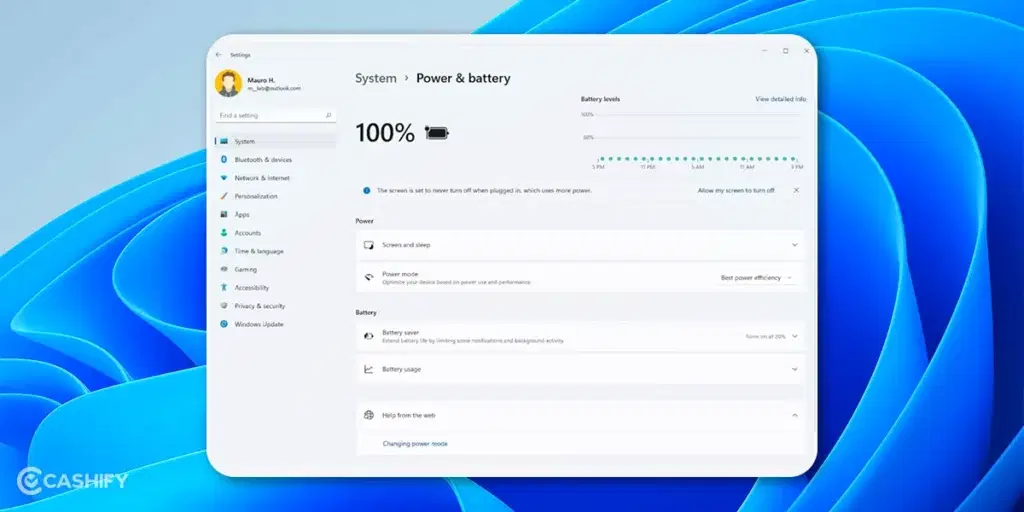
While Windows 11 prioritizes energy saving with its “Power saver” plan, you need to maintain a balance between performance and power consumption.
Follow these steps to make changes to Power settings on your laptop or desktop:
Step 1: Navigate to “Control Panel” by searching for “Control Panel” in the Windows search bar.
Step 2: Now, Navigate to Hardware and Sound > Power Options.
Step 3: Here you will see the power options. They include “Balanced (recommended)” and “Power saver”. The “High performance” setting, is hidden and you can reveal it by tapping the drop-down arrow beside “Show additional plans”.
Desktop users should try to avoid “Power Saver” since a desktop does not have a battery and is always connected to power. While laptop users may benefit from “Balanced” even when unplugged, but this will slightly reduce the performance and to get maximum performance try to switch to “High Performance” option.
Also Read: How To Partition SSD In Windows 11? An Step-By-Step Guide
Cashify allows you sell old mobile phone and sell old laptop. If you are looking forward to getting the best deal for your product, then Cashify is the right spot for you.





